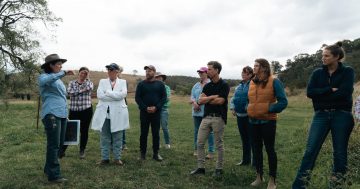Canberra’a Australian National University (ANU) has courageously announced some intriguing research by Dr Stewart Fallon into the mechanism by which the Great Southern Ocean dumped massive amounts of carbon dioxide into the atmosphere 19,500 years ago.
“Our study suggests that the ice age put the brakes on ocean mixing in the deep Southern ocean, meaning that the water remained relatively dormant for a long period of time. This ‘old’ water stored a lot of carbon, keeping it from circulating with the upper ocean and hence mixing into the atmosphere. When sea ice retreated towards the end of the ice age, the returning surface winds switched the deep sea ocean currents back on, upwelling the stored carbon and mixing it into the atmosphere.”
The research team was able to create a chronology of ocean water mixing by studying the remains of trapped microscopic animals called foraminifera. Dr Fallon used a new single stage accelerator mass spectrometer at ANU to ‘read’ the carbon signature in the specimens that lived near the surface of the ocean, and compared this with the specimens that lived near the ocean floor. The mass spectrometer, purchased with support from the Australian Research Council, analyses the decay of carbon isotopes to determine the age of an object.
Dr Fallon said that while the study has provided firm evidence to explain the atmospheric carbon fluctuation around the ice age, more work needs to be done. “We have only been able to explain just over half of the large drop in the age of the carbon of the CO2 during this ‘mystery interval’,” he says. “We need to get more information from additional deep sea cores to work this one out fully.
Did CO2 create the warming? Or did the warming release the CO2?
Please proceed to your pre-prepared ideological bunker before commencing hostilities.














